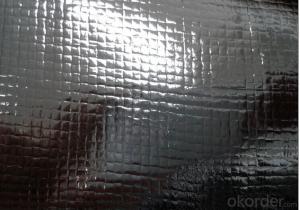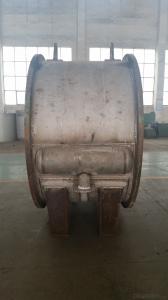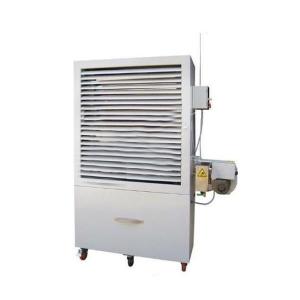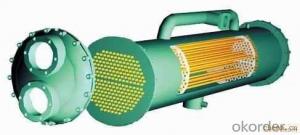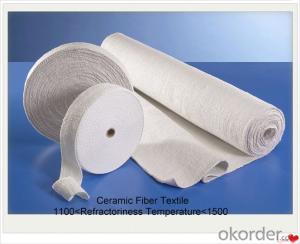Stainless Steel Heat Exchanger
Stainless Steel Heat Exchanger Related Searches
Best Paint For Stainless Steel Paint For Galvanized Steel Steel Frames For Furniture Self Tapping Screws For Steel Surface Grinding Wheels For Hardened Steel Hole Saw For Stainless Steel Paint For Stainless Steel Stainless Steel For Bbq Step Bit For Stainless Steel Sponge For Stainless SteelHot Searches
Steel Mesh Panels For Sale Price For Stainless Steel Scrap Scrap Price For Stainless Steel Price For Stainless Steel Stainless Steel Tank For Sale Stainless Steel Sheets For Sale Cheap High Tea Sets For Sale Stainless Steel Tanks For Sale Stainless Steel For Sale High Density Fiberboard For Sale Solar Hot Water Collectors For Sale Scaffolding For Sale In Uae Scaffolding For Sale In Ireland Scaffolding For Sale In Houston Type Of Inverter For Solar Price Of Shipping Containers For Sale Types Of Inverter For Solar Stock Price For Aluminum Used Solar Inverter For Sale Cheap High Tea Sets For SaleStainless Steel Heat Exchanger Supplier & Manufacturer from China
Okorder.com is a professional Stainless Steel Heat Exchanger supplier & manufacturer, offers integrated one-stop services including real-time quoting and online cargo tracking. We are funded by CNBM Group, a Fortune 500 enterprise and the largest Stainless Steel Heat Exchanger firm in China.Hot Products
FAQ
- The maximum temperature for stainless steel pipes can vary depending on the specific grade of stainless steel being used. However, in general, stainless steel pipes can typically withstand temperatures ranging from 1000 to 1600 degrees Fahrenheit (537 to 871 degrees Celsius).
- Yes, stainless steel pipes are suitable for pulp and paper mills. They offer excellent corrosion resistance, durability, and high temperature resistance, making them ideal for handling various chemicals and fluids used in the pulp and paper industry. Additionally, stainless steel pipes are easy to clean, reducing the risk of contamination and maintaining high hygienic standards required in these mills.
- One way to prevent galling in stainless steel pipes is by applying an anti-seize compound or lubricant to the threaded connections. This helps to reduce friction and prevents the surfaces from seizing together. Additionally, ensuring proper thread engagement and avoiding excessive tightening can also help prevent galling.
- The chemical composition and respective properties differentiate 201 stainless steel pipes from 316 stainless steel pipes. 201 stainless steel, being lower in grade than 316, contains a higher quantity of manganese and nitrogen, resulting in improved strength and corrosion resistance compared to other lower grade stainless steels. However, it lacks the durability of 316 stainless steel and is more susceptible to corrosion and rusting. On the contrary, 316 stainless steel is a top-notch grade that boasts a higher proportion of chromium and nickel. These elements enhance its corrosion resistance, making it highly resistant to pitting and crevice corrosion, especially in chloride environments. Additionally, 316 stainless steel pipes are more resistant to high temperatures and possess superior strength when compared to 201 stainless steel pipes. Consequently, industries with rigorous demands such as marine, chemical, and medical sectors widely employ 316 stainless steel pipes due to their exceptional corrosion resistance and durability. Conversely, 201 stainless steel pipes, suitable for general applications, are predominantly utilized in less demanding environments where cost-effectiveness is prioritized.
- Stainless steel pipes are available in a wide range of sizes to cater to various industrial and residential applications. The sizes of stainless steel pipes typically depend on their nominal pipe size (NPS) or outside diameter (OD). The most common sizes for stainless steel pipes range from 1/8 inch to 48 inches in diameter. For smaller applications or plumbing systems, stainless steel pipes with NPS 1/8, 1/4, 3/8, and 1/2 are commonly used. These sizes are ideal for household plumbing, water supply lines, and low-pressure applications. As the requirements increase, larger stainless steel pipe sizes are available. Sizes such as NPS 3/4, 1, 1 1/4, 1 1/2, and 2 inches are commonly used in various industries and commercial applications. These sizes are suitable for higher-pressure applications like hydraulic systems, oil and gas pipelines, and chemical processing plants. For industrial applications that require even larger pipes, stainless steel pipes with sizes ranging from 2 1/2 inches to 48 inches in diameter are available. These large pipes are often used in heavy-duty applications such as petrochemical plants, power generation facilities, and large-scale construction projects. It's important to note that stainless steel pipes are also available in different wall thicknesses, commonly referred to as schedules. The schedule number determines the wall thickness, with higher numbers indicating thicker walls. The most common schedules for stainless steel pipes are Schedule 5, Schedule 10, Schedule 40, and Schedule 80. In summary, stainless steel pipes come in a wide range of sizes, starting from 1/8 inch and going up to 48 inches in diameter. The selection of the appropriate size depends on the specific application and the required pressure and flow requirements.
- Stainless steel pipes are a perfect fit for food storage facilities. The food industry widely embraces stainless steel due to its many advantageous properties. Firstly, stainless steel's resistance to corrosion is crucial in food storage facilities where exposure to moisture and various food products is common. This resistance guarantees that the pipes will not rust or deteriorate over time, thus preventing any potential contamination of the stored food. Furthermore, stainless steel pipes are easy to clean and maintain, making them the ideal choice for food storage facilities that must comply with strict hygiene standards. The smooth and non-porous surface of these pipes prevents the buildup of bacteria, ensuring that the stored food remains safe and uncontaminated. Stainless steel is also a non-reactive material, meaning it does not release any harmful substances into the food. This is particularly important in food storage facilities, as it guarantees the preservation of the integrity and quality of the stored food products. Additionally, stainless steel pipes possess excellent strength and durability, enabling them to withstand the high pressures and temperature fluctuations commonly encountered in food storage facilities. This ensures that the pipes will not fail or break, providing a dependable and long-lasting solution. To conclude, stainless steel pipes are highly suitable for food storage facilities due to their resistance to corrosion, ease of cleaning, non-reactive nature, and strength. They create a safe and hygienic environment for storing food, thereby ensuring the preservation of the integrity and quality of the stored products.
- Yes, stainless steel pipes can be used for agricultural irrigation systems. Stainless steel is known for its durability, corrosion resistance, and ability to withstand harsh environmental conditions, making it a suitable choice for agricultural applications where long-term performance is required.
- Yes, stainless steel pipes are suitable for architectural applications. Stainless steel is a highly durable and corrosion-resistant material that can withstand harsh environmental conditions, making it ideal for architectural projects. It is commonly used in structural applications such as handrails, guardrails, and balustrades due to its strength and aesthetic appeal. Stainless steel pipes are also favored for their versatility, as they can be easily shaped and welded to create unique designs and structures. Additionally, stainless steel pipes offer low maintenance requirements and can be polished to a high shine, enhancing the overall aesthetics of architectural projects. Overall, stainless steel pipes are an excellent choice for architectural applications due to their durability, corrosion resistance, versatility, and aesthetic appeal.

